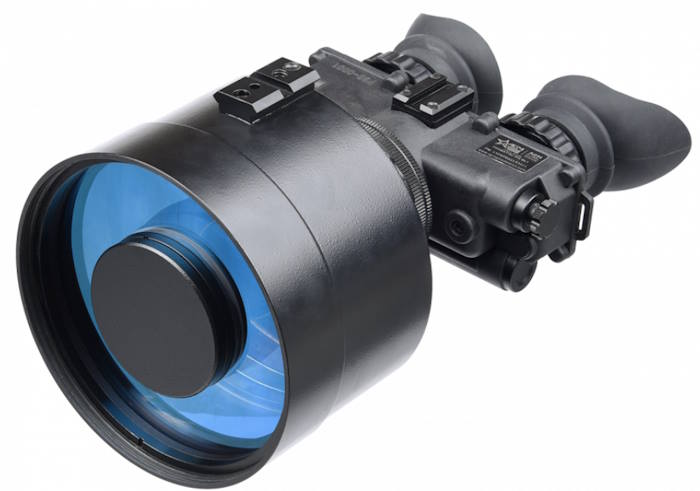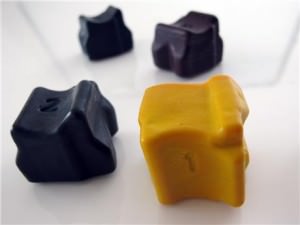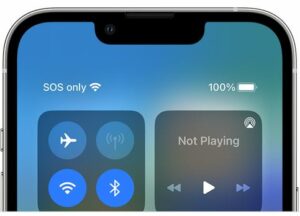Understanding the Evolution of Night Vision
If you’ve looked into night vision equipment at all, you’ve probably seen that prices appear to range widely. While a device that looks to be similar in size and magnification can cost several thousand dollars, it is only a few hundred dollars. The reasons why the costs could be so drastically different can be highly perplexing. The fact that multiple ‘generations’ of technology are being incorporated into the numerous gadgets that are accessible is mostly to blame for the wide range in pricing.
Currently, there are three versions of night vision technologies on the market.
The performance of the units has improved with each iteration, but these advances have also driven up the retail costs of these devices significantly. Do the upgrades justify the price increases? You will have to make that selection on a personal level based on your needs and financial capabilities.
The development of night vision technology began with military uses in mind, but as time went on, it also found utility in police enforcement. Today, everybody with the means to use it has access to this technology.
Although the military and law enforcement continue to utilise these tools most frequently, security firms, private detectives, hunters, photographers, and nature enthusiasts are growing more and more interested in them.
Simply because they are the most affordable, first-generation instruments are the most widely used. Most people find it difficult to justify paying more than $2,500 for a night vision scope that will only be used occasionally, especially when most applications can be served by first-generation equipment.
The high-pitched whine that is audible when turning on a first-generation device is one of its distinguishing features. Most consumers don’t find this sound to be an issue because it is typically quite mild. The edges of photos may also appear to be slightly distorted or blurry.
With first-generation technology, one should anticipate both of these characteristics.
Due to their close resemblance, second and third generations are sometimes grouped in the same product description. The “micro-channel plate,” or MCP, was added to the image intensifier tube starting with the second iteration. The MCP improved the clarity of the image and lowered the amount of infrared and ambient light required to perceive an object.
The most recent 4th generation has significantly advanced technologies. The contrast levels are significantly improved, and the quantity of light required has been further decreased. You should anticipate an even greater decline in first- and second-generation items once this technology becomes widely available.
Choosing the best device ultimately comes down to your preference. Find the ideal apartment for you after considering your needs and your budget. Spend some time
conducting your study. It will be worthwhile in the long term. Don’t forget to check www.agmglobalvision.com for more details.
How Night Vision Works

When people consider or talk about night vision equipment, spy films frequently spring to mind. Do they work, or are they just another example of the magic used in filmmaking? In case you were curious, the technology is both incredibly effective and quite genuine. On a cloudy, moonless night, you can see someone standing 200 yards away with a typical pair of night vision goggles. Amazing, isn’t it?
There are two kinds of night vision equipment. The first operates according to the idea of image enhancement. It functions by gathering the little quantity of light present in total darkness and boosting it to a level where objects may be seen.
Even the lower end of the infrared light spectrum, which is typically invisible to the human eye, is collected by it.
Thermal imaging is the other method by which night vision equipment functions. The upper infrared light spectrum is captured in this method. Instead of light as we normally understand it, this portion of the light spectrum is emitted as heat. The amount of this light emitted increases with the object’s temperature.
Both night vision systems share some components.
Each of these systems consists of optics, a viewing monitor, and some sort of signal processing. Modern night vision systems tend to be dominated by image augmentation technology. Both technologies were first created for use by the military. There are two categories of night vision equipment in the US. The first is referred to as MILSPEC or military specifications. The second one is COMSPEC or commercial specs.
This technology has been applied in a variety of ways and included in several well-known goods. Scopes, goggles, and cameras are the three main categories that they fall under.
The majority of scopes are monoculars and either portable or mounted on weapons. These are suitable for quick viewing when seated still. Binocular goggles are worn by the user.
They are perfect for usage for a longer period and during activity because they are worn by the user. Since the images they collect can be recorded on a recording device or seen on a distant monitor, cameras are perfect for surveillance. Video imaging is also included in this category.
The Use of Night Vision is Increasing
Thermal optics have grown in popularity recently. The technology used in the first generation of night vision gadgets was created primarily for military use before being
available to law enforcement and commercial photographers. Today, hunters, amateur photographers, and nature lovers may all simply access the same technologies.
Even while night vision equipment is widely available, it is not necessarily cheap. While
first-generation devices are often affordable, later generations’ higher-quality technology can be quite pricey. As with all technology, the cost of earlier versions decreases as performance increases.
Binoculars, monoculars, security cameras, and photographic equipment all have night vision capabilities that enhance ambient light.
NVDs can be used for a variety of purposes in addition to hunting and military applications, including:
Scientific investigation – Scientists may now covertly examine nocturnal animals like the night owl, bats, flying squirrels, and lemurs using cameras with night vision.
Navigation and sailing at night can be very risky. A moonless night can be dangerous for boating, river rafting, or just being out on the water in general if you can’t see where you’re going. Sailors and helmsman can now navigate in the dark thanks to night vision equipment.
Security – These qualities are frequently included in security cameras so they can see in the dark. In high-security establishments, certain guards are also provided with scopes that can see in the dark.
Recreational uses of night vision equipment are numerous and only limited by one’s creativity. Today, inexpensive night vision binoculars are sold solely as toys, simple hobbyist gadgets, add-ons and extra capabilities in video cameras and cameras in general.
Additionally, thermal optics is a significant tool for campers, particularly spelunkers who frequently explore completely pitch-black caves at night.
Hunting is one of the most common recreational uses for night vision equipment. Many hunters prefer to go out extremely early in the morning or quite late at night. In the past, they had always been constrained by the amount of sunshine or a full moon. They lost the ability to view their target as the light faded. They can now leave much earlier and stay much later and yet succeed.
Photographers, particularly those who specialise in nature photography, are another popular group of night vision users. In the animal kingdom, there is a lot that happens at night that photographers used to overlook. The only people who could afford the technology when it initially became available were professional nature photographers.
Night vision solutions are becoming more widely available all the time as demand for them grows and prices continue to drop. Finding the tool or instrument that meets your demands is becoming easier all the time as more manufacturers release products into the market and more businesses expand their product ranges.
Scopes for night vision
Night vision gear comes in a variety of forms, including night vision goggles, thermal night vision, ITT night vision, night vision monoculars , night vision binoculars, and night vision digital cameras (both video and still). As technology moves closer to the future, new variations are always being released on the market, day by day and year by year.



